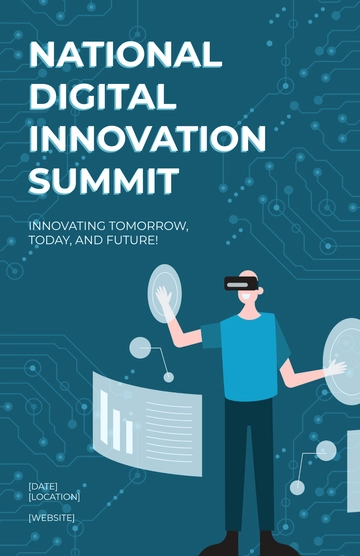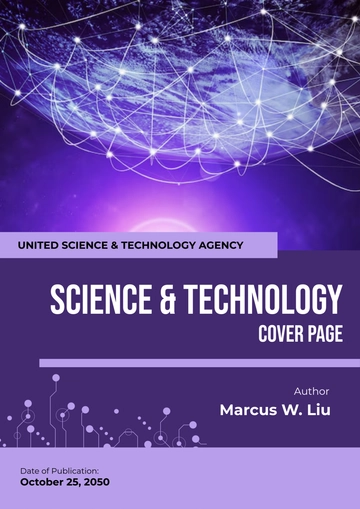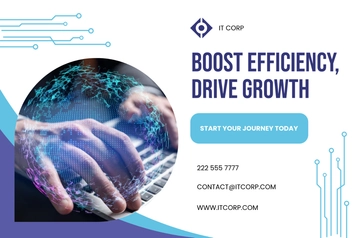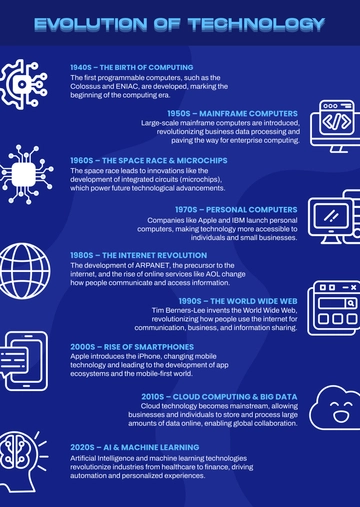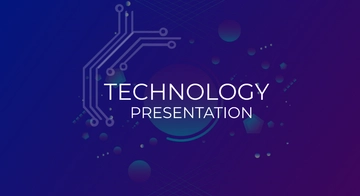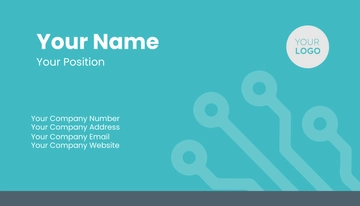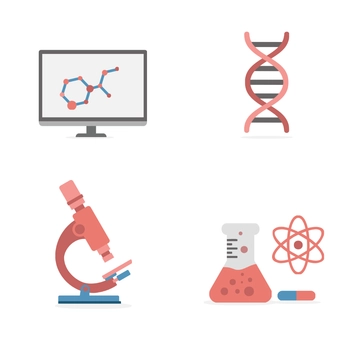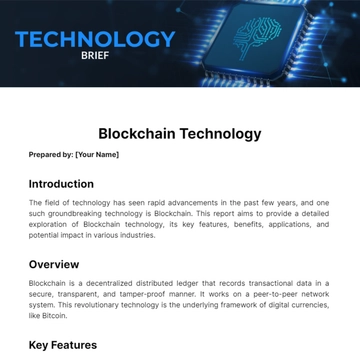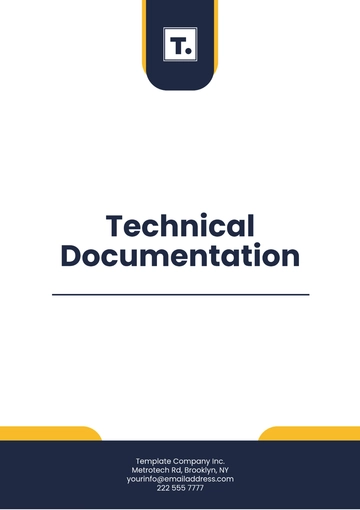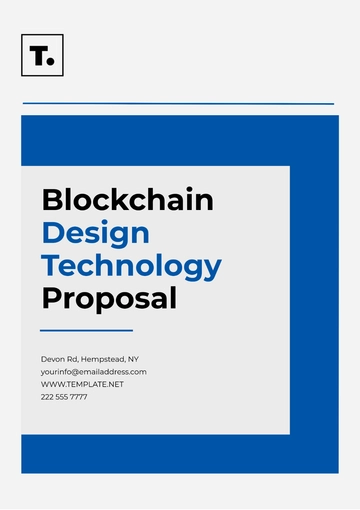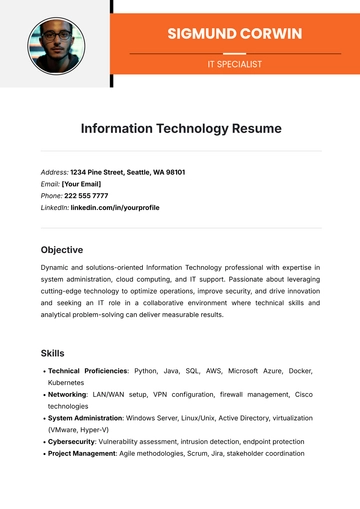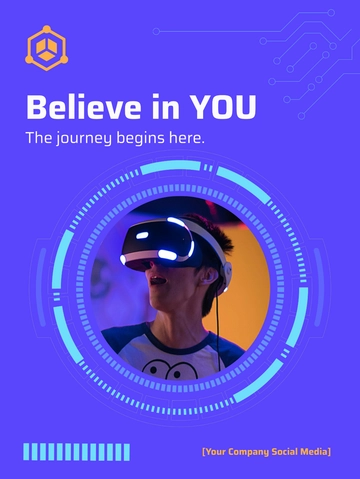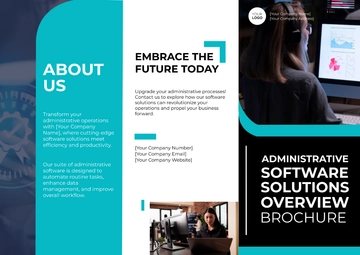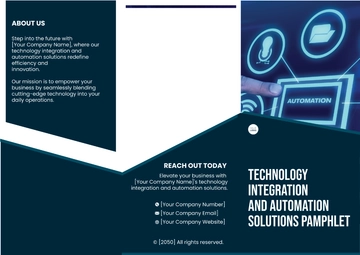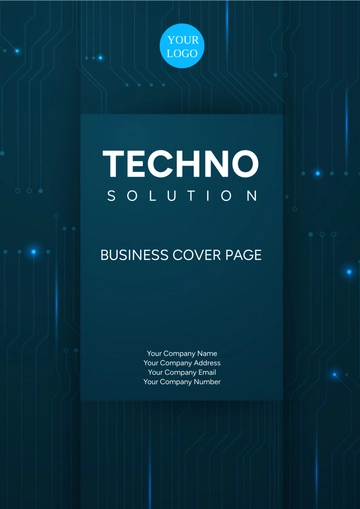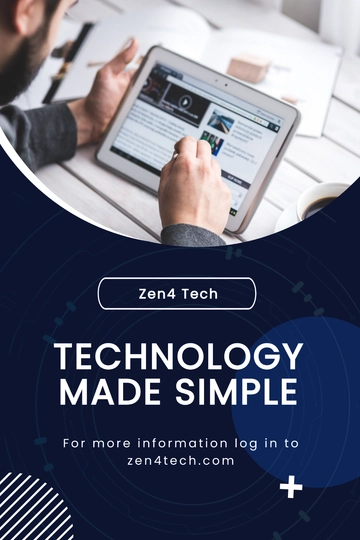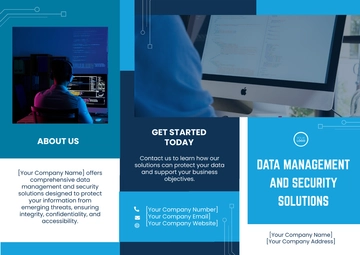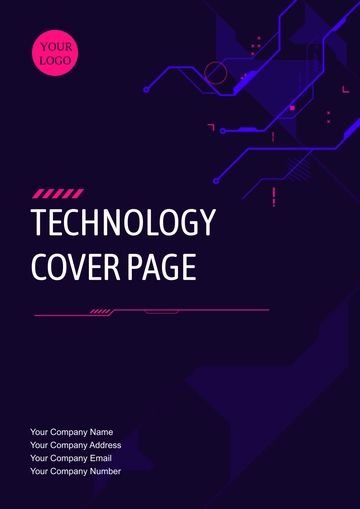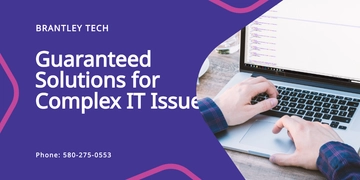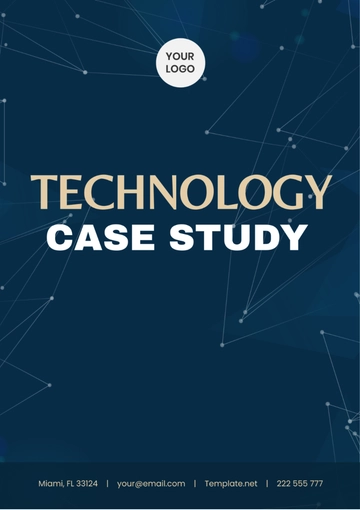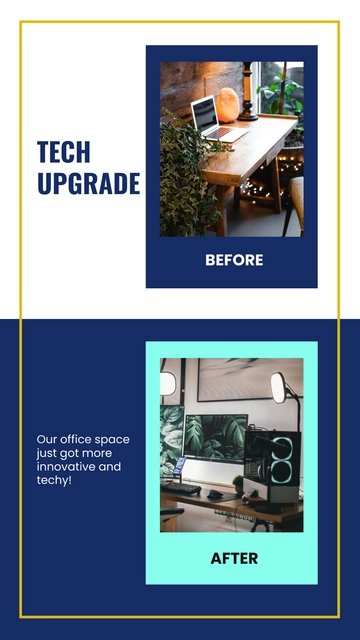Free Brief Product Requirements Document
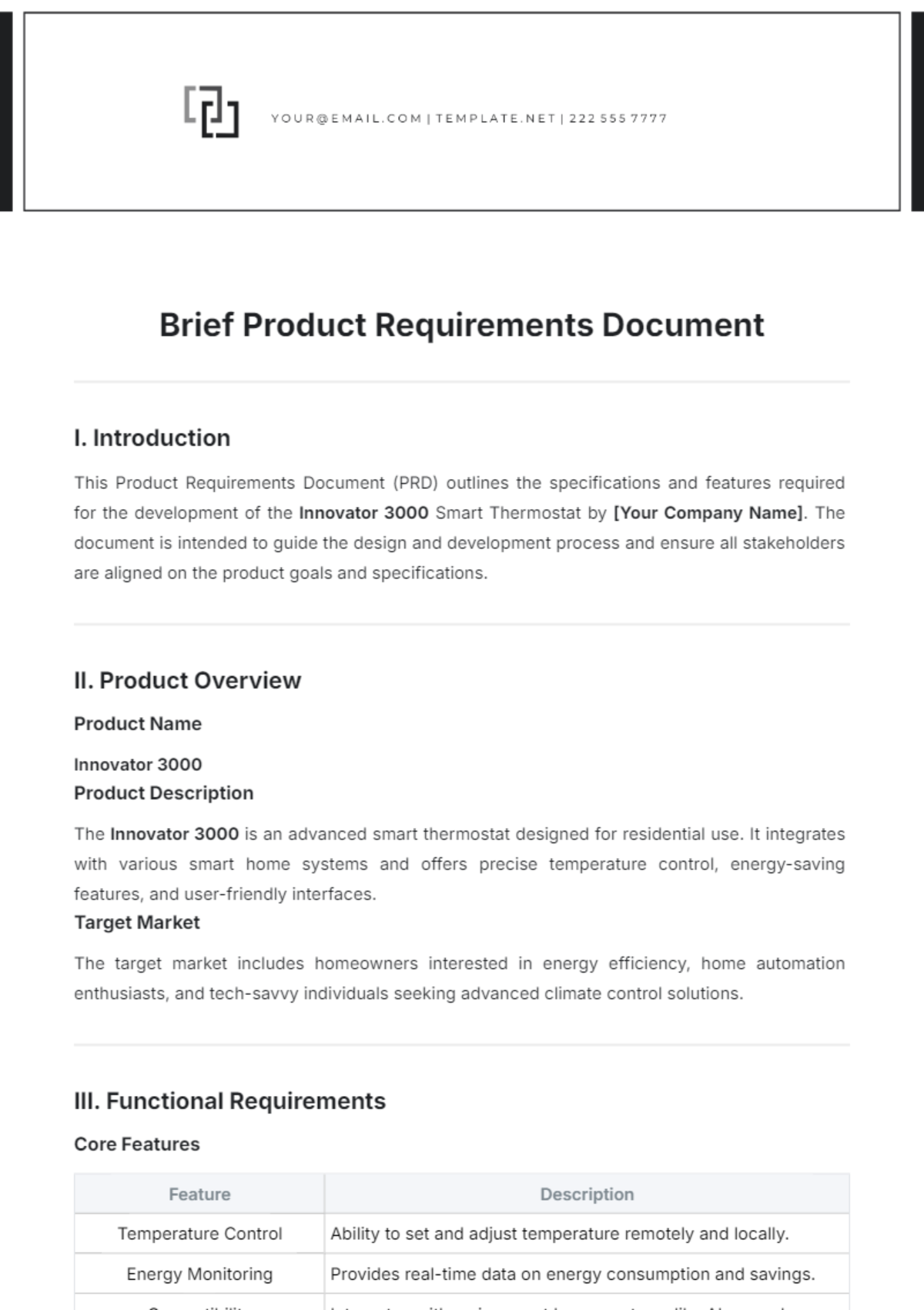
I. Product Overview
Product Name
Innovator 3000
Product Description
The Innovator 3000 is an advanced smart thermostat designed for residential use. It integrates with various smart home systems and offers precise temperature control, energy-saving features, and user-friendly interfaces.
Target Market
The target market includes homeowners interested in energy efficiency, home automation enthusiasts, and tech-savvy individuals seeking advanced climate control solutions.
II. Functional Requirements
Core Features
Feature | Description |
|---|---|
Temperature Control | Ability to set and adjust temperature remotely and locally. |
Energy Monitoring | Provides real-time data on energy consumption and savings. |
Compatibility | Integrates with major smart home systems like Alexa and Google Home. |
User Interface | Touchscreen display with intuitive navigation and settings. |
Optional Features
Feature | Description |
|---|---|
Voice Control | Supports voice commands for hands-free operation. |
Geofencing | Adjusts temperature based on the user’s location. |
Learning Algorithm | Optimizes settings based on user preferences. |
III. Non-Functional Requirements
Performance
Response Time: The thermostat should respond to user commands within 1 second.
Uptime: Require 99.9% uptime; schedule maintenance in advance.
Reliability
Warranty: 2-year warranty covering defects in materials and workmanship.
Support: 24/7 customer support via phone and email.
IV. Design and Aesthetics
Dimensions and Weight
Dimensions: 6 inches x 6 inches x 1 inch
Weight: 0.5 pounds
Color Options
Standard Colors: White, Black, Silver
Materials
Housing: High-grade plastic with a sleek finish.
Display: Tempered glass for durability and clarity.
V. Development and Testing
Development Phases
Prototype Development: Initial prototypes are to be developed by Q1 2050.
Beta Testing: Extensive beta testing phase to begin by Q2 2050.
Production: Full-scale production to commence by Q3 2050.
Testing Requirements
Functionality Testing: Ensures all features operate as intended.
Compatibility Testing: Verifies integration with various smart home systems.
Durability Testing: Tests the thermostat's resilience to environmental factors.
VI. Signatory
Product Manager
July 9, 2050
- 100% Customizable, free editor
- Access 1 Million+ Templates, photo’s & graphics
- Download or share as a template
- Click and replace photos, graphics, text, backgrounds
- Resize, crop, AI write & more
- Access advanced editor
Craft impeccable product requirements with our Brief Product Requirements Document Template from Template.net. This fully customizable and editable template streamlines your project planning process effortlessly. With sections for objectives, features, and constraints, it ensures thorough documentation. Harness the power of our user-friendly AI Editor Tool to refine your specifications efficiently.
